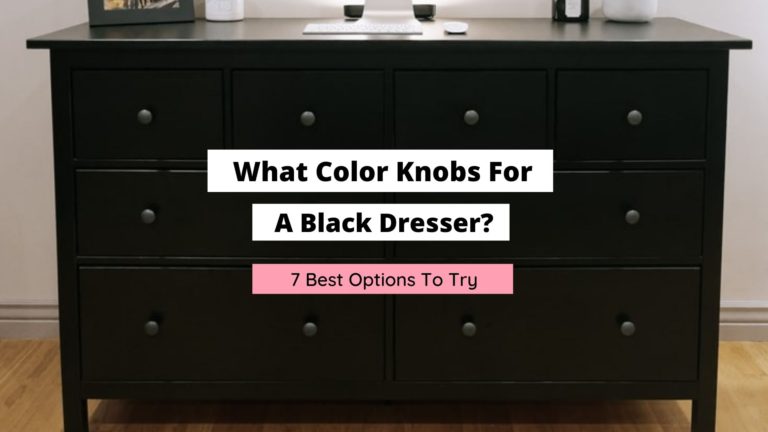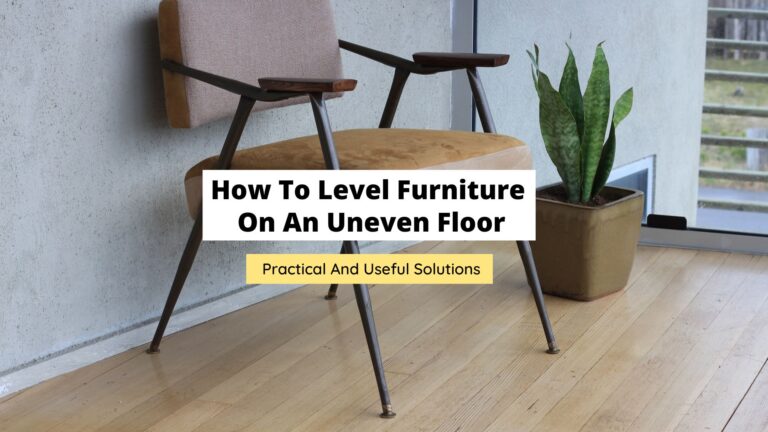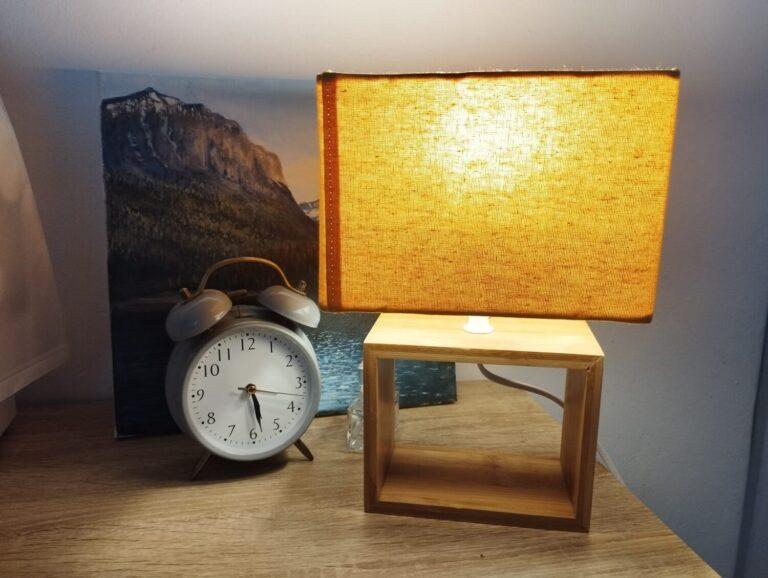Do All Rooms In A House Have To Match?

Decorating your home can be a thrilling yet nail-biting challenge when you’re blasted with different ideas and styles to choose from. It’s easy to get lost in that wave of decisions and ideas when decorating but one particular question may keep popping up from time to time, do all rooms in a house have to match?
No, they don’t! Although there are a few ways matching rooms can work in your favor, like giving off an overall cohesive look, it becomes a problem when every room in the house starts to look plain and boring. Depending on the layout of the rooms, in the case of adjoining rooms, then having them match will be better for the overall style. However, for individual rooms, your home will, unfortunately, look unoriginal and flat.
There are many pros and cons to having all rooms matching which I’ll show you in a minute.
We’ll also take a look at a few reasons why these rooms don’t necessarily have to match including ways to avoid this particular problem.
Alternatively, if you do want your rooms to match, I have a few ideas that will make the process easier.
If this sounds good, let’s get to it!
Table of Contents
Pros and Cons of Matching Rooms
Pros
- There’s an overall cohesive design to every room
- You can use just one wall color throughout the house
- You’ll be able to splash color with different accessories
- Open-plan houses will look modern and themed
Cons
- Matching furniture will look outdated and flat
- Without different accessories and furniture, the rooms will lack depth and dimension
- The rooms will lack personality if duvets, throw pillows, rugs, are all the same color
- The lack of texture, size, patterns, and colors, will be obvious
- The same color furniture can make a room look dark or too bright
- You won’t be able to use different furniture (color and style) to decorate a room
Reasons Why All Rooms Don’t Need To Match
If the above wasn’t enough to help you make the decision, let’s look at the reasons why having rooms that match may aren’t quite necessary:
You Get To Play Around With Colors
There’s no harm in having one color throughout your house as long as you decorate each room with different accessories and furniture since each room will have its own individual style.
In fact, having all the walls with the same color (such as white or cream) will give that cohesive look without the rooms looking flat or mundane.
Related Post: What Color Should Nightstands Be?
Alternatively, you could play around with different colors in a room. This gives you an opportunity to create the depth that you seek.
Texture and Patterns Will Make A Huge Difference
Take a look at this living room:
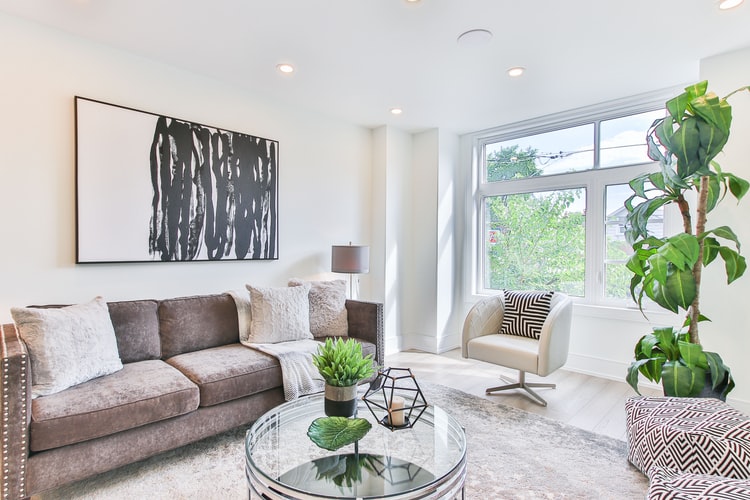
Even though the walls are plain white, you still have various different seaters in different patterns and textures that give a well-finished look in terms of the sofa, chairs and throw pillows.
The light grey carpet is a smart touch to this decor and the round coffee table is preferred over a squared table making the room more inviting and open in terms of space.
The splash of color in this case is the lovely green plants that really pull the design of this room together.
Each Room Can Be Styled And Themed
The great thing about opting to not go with matching rooms is that it allows you to be free when decorating your home.
You can choose to design any room of the house in a certain theme or style, for instance, if you would like the kitchen to have more of a rustic look, you can easily do so even if the lounge is more modern, or a mix of the two.

The bedrooms can be a complete oppositive of the living room and kitchen depending on the taste and personality of that person who will be staying there.
You could easily decorate those rooms in a boho-chic style or even a coastal style and if you’re bold, you can create a mix of each style to include in the rooms.
This is the freedom you are given if you choose not to have all rooms in your home matching.
Certain Colors Affect The Lighting In A Room
If you decide to use the same matching furniture or colors in a room, it’s very easy to make the room look dull and stuffy.
For instance, having a dark wooden table with matching chairs and floors in the same color will easily make the room look dark.
However, if you swop the chairs for white color, add a white rug underneath the table and have the curtains in a light color, you can instantly create light and space in the room.
How To Avoid Rooms Matching
The best way to avoid room matching is to design each room on its own as a separate entity. Besides that, you can make sure to switch things up when decorating.
The Living Room/Lounge
For example, use a different color for the walls from that of your furniture however be sure to choose a color that will make the furniture stand out or blend in depending on your taste.
Try to include different sizes and styles of chairs. Make use of one long sofa but include two sitting chairs in a completely different pattern but one that will still blend in with the room decor.
For the throw pillows, make sure they do not match that of your sofas in terms of patterns and texture. You could opt for going with various sizes of cushions or just add a few.
Bedrooms
Be sure to have two different wood finishes for your cupboards and dressing table.
Try adding a bold art print to the walls and a few accessories to give the room some personality.
You’ll also not want to match your bedding duvet to the color of your curtains unless you will be accessing using a different color.
Alternatively, you can choose to use a different shade of throws and pillows to decorate the bed as depicted in this example:
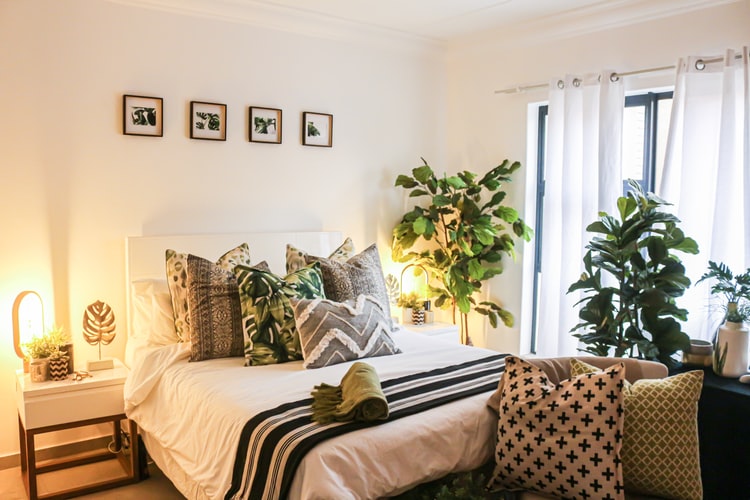
How To Make The Rooms In Your House Match
On the other hand, if you really do want the rooms in your house to match to a certain extent, here are a few tips you can use to ensure you get what you envisioned:
1. Determine The Space
You’ll want to determine if there are any rooms that are joined, whether the kitchen is perhaps joined with the living room or dining room? Then it’s easier to keep a cohesive design throughout in terms of having the same wall color, accessories, and furniture.
2. Keep It Uniform In One Area
The next best thing you can do is to keep it simple with less is more. Stick with the same wall color and furniture since this will open up space further making the room feel bigger. Another great trick is to have the flooring, all the same, however, if you are unable to do so, then try running a large rug in each room of the same shade.
3. Limit Your Colors and Accessories
You won’t want to mix up too make different colors if you plan to have all the rooms matching. Pick at least three to four different shades that will create a coherent style.
Related Post: 15 Surprising Ways Your Home Will Look Tacky
